What is the difference between a Siberian tiger and a Bengal tiger? A Siberian tiger is about 250 to 396 cm in length while a Bengal tiger is about 270 to 310 cm in length. Apart from this, a Siberian tiger adapts to live in extreme cold regions of the world while a Bengal tiger lives in moderate regions of the world.
The differences between a Bengal tiger and Siberian tiger:
| Features | Siberian Tiger | Bengal tiger |
|---|---|---|
| Approximate weight | 475-660 lbs. (in male tiger) and 303 lbs. (in female tigress). | 397-569 lbs. (in male tigers) and 220-350 lbs. (in female tigress). |
| Approximate length | 250-396 cm (in male tiger) and 167-182 cm (in female tigress). | 270 to 310 cm (in male tiger) and 240-265 cm (in female tigress). |
| Skin color | Mostly pale dull brown which changes to yellow in winters | Orange, yellow, black, grey or golden |
| Color of stripes | MostlyLight Brown or Dark Brown and very often it is found to be black. | Mostly black and very often are of brown color, Snow white tiger doesn’t have any stripes on it. |
| Tail shape | Found to be thick with a rounded curve at the end. | Long as well as thin |
| Habitat/Location | Forests in Korea which are pine broad-leaf. | Evergreen tropical forests |
| Type of Habitat | Mostly builds home in coniferous, forests which have pine broad-leaves in Korea. | Upland forests which are temperate, moist subtropical forests, dry deciduous forests, tropical moist evergreen forests, mangrove forests |
| Distributed to | Far East Russia. | In the Indian subcontinent |
| Rare diet | Horse and brown bear | Rhinos and calves of elephants |
| Greatest length of skull | 406 mm. | 376 mm |
There are a number of differences between a Siberian and Bengal tiger in the terms of their habitat, length, weight, skin color, color of stripes, their adaptation to the environment, and fur weight.
These differences between a Siberian and Bengal tiger are due to their environments in which they live and their adaptations to that environment.
There are certain factors in which the two species, Bengal and Siberian tigers, may differ from one another.
-
The first known factor which differentiates the two species is their habit or the pace where they live.
Bengal tigers mostly make the homes and live in places which are hot and humid or have the moderate climate.
The Siberian tiger on the other side prefers to in a much colder region. As with all species, every specie has its own distinctive feature which nature has bestowed it, depending upon the place where they live and their usual adaptations to that place.
For example, the Siberian tiger has a thick wool coat above its body because it has to live in much cooler regions.
The presence of a thick coat provides heat to the Siberian tiger and makes its survival possible.
If Siberian tiger doesn’t have that thick wool on its body, it would have been impossible for the animal to survive in such a harsh climate.
-
The second factor through which the two main species of the big cat family, the Siberian and Bengal tigers, can be differentiated from one another is their length.
In case of Bengal tiger, the tiger is relatively larger in its length as compared to the Siberian specie of tigers and it looks thinner than its relative tiger, the Siberian specie, which is inhabited in the much cooler region of Russia.
-
The third feature of distinction between a Bengal and Siberian tiger is their weight.
The Siberian specie of tigers appears to be much heavier than the Bengal tigers and therefore it is considered to be strongest and daring than its relative specie of Bengal tigers which is inhabited in the Indian region mostly.
-
Another key distinctive feature which differentiates a Bengal tiger from Siberian specie is the thick coot of skin above its body.
A Siberian tiger has an extensive thick coat of cool above its body because it has to adapt to the harsh environmental conditions
This thick coat of skin is absent in case of Bengal tigers as they don’t need this coat due to their warm adaptation of the environment.
Summary:
A Siberian tiger is much different from a Bengal tiger in the terms of its habitat, living style, color of its skin and stripes, the weight of the tiger as well as the weight of its fur and the length of tiger.
What is meant by a big cat family?
The big cat family refers to the different species of tigers which resemble the structure of a cat but are much larger, heavier, and the strongest than the cats.
This family includes a wide range of tigers each having its own class and distinctive features. Among this big cat family, the two most prominent species are the Siberian and Bengal tigers.
What is the origin or a Bengal and Siberian tiger?
Tigers are known to be the largest and strongest members of the whole cat family.
Efforts on a wide scale, throughout the world, are being carried out to protect this largest cat family of tigers who are at a danger of being extinct in the near future.
In the past, there a number of species of this largest cat family of tigers which have undergone several disasters and became extinct such as the Siberian tigers known as ‘Amur’ and the most widely known species of tiger which are known as ‘the Bengal tigers’.
Irrespective of the major similarities in look between a Bengal and Siberian tiger, they actually have much larger differences in their habitat, size, and their colors.
The brief overview of unique differences between a Bengal and Siberian tiger:
Among all the members of the big cat family, the Siberian and Bengal tigers are most notable ones. These two major species of the cat family are found in Asia.
The Siberian and Bengal species of tigers exist alone and are the most prominent predators in the whole cat family.
Despite many efforts to save the two main species of the big cat family, the number of Siberian as well as Bengal tigers are rapidly decreasing.
The fur and other parts of body of Siberian and Bengal tigers are extensively demanded throughout the world because of their use in many things such as in making medicines especially in the Asian continent.
This is why these two species, Siberian and Bengal tigers, are widely hunted throughout the world. This hunting is the major cause due to which these species are at the risk of being extinct.
In areas where there is dense human population, people often get frightened of these species of tigers and that is why they kill them to save their lives and their livestock from severe tiger attacks.
Although the Bengal and Siberian tigers share a number of characteristics, but there are some factors in which the two species differ from one another:
1. Location/Habitat:
The most differentiating thing between a Bengal and Siberian thing is their location i.e. the place where they are mostly found.
The other name through which Bengali tiger is often called is ‘the Indian tiger’. This name is given to the Bengal tiger because it mostly lives in isolated areas of India which were scatted prior.
Other countries where Bengal tigers are mostly found include Bhutan, Nepal, Vietnam, Thailand, Indonesia, and the eastern cost of China as well.
The climate of these regions remains moderate from temperate to tropical and often gets very wet as well.
The tigers remain moving in these regions, often live in the mangrove forests, and then move towards grasslands and sometimes towards the forests where leaves shed yearly.
The Siberian tiger differs from a Bengal tiger in the terms that its habitat or location is very different from that of the Bengali tiger.
The Siberian tiger is mostly found in the colder areas, especially the colder regions of the North Pole.
The most common places where Siberian tigers are found include the cold regions of Russia such as the cold forests located in the Eastern side of Russia, the extreme northern parts of Korea and China which are extremely cold.
The Siberian tiger differs from the other tigers of the big cat family as it mostly lives in the extreme colder regions such as the coniferous forests.
Coniferous forests are an extremely cold site where temperature reaches at its peak and remains as low as -45° Celsius which is around (-50 F).
2. Adaptation to environment:
The presence of a thick skin coat:
The difference of location of a Bengal and Siberian tiger shows their natural adaptation. Because Siberian tiger lives in extreme cold regions of the globe, it is covered with a thick and heavier skin coat which is not present in case of Bengal tiger.
The reason is that Siberian tiger can’t survive if it doesn’t have a thick skin coat on it.
To compete with the surrounding cold and survive in such a harsh and cold weather, the Siberian tiger carries on it a thick skin coat.
The presence of fat bodies:
In addition to a thick coat of skin, Siberian tigers also have some thick pockets where fat is stored. These pockets of fats are present along the sides of their bodies as well as around the belly region.
These fat pockets help a Siberian tiger to fight against the cold and harsh winds by keeping their body temperature warm and moderate as these fat pockets are a source of heat for them.
3. The difference of appearance:
Body Color:
One other major difference between a Siberian and Bengal tiger is their color which is different from one another.
This color is developed in both the tigers by their location and places where they are found.
The Siberian tiger has an extremely light color in all the tiger species of the big cat family.
The skin coat above a Siberian tiger is pale orange in its color which is not only different but also much lighter as compared to the tigers living along the southern parts of the world.
The Bengal tiger is mostly found to be golden, yellow or orange and even in white color with stripes on it.
Stripes Color:
A Siberian tiger has brown stripes rather than black on its body.
The pattern of stripes in each of the tigers is completely unique as it differs from one another just like the fingerprints of a human.
Another quality of all the tigers is that they run extremely fast which is not comparable to any of the living creature on earth.
Tigers use the trick of camouflaging their selves so that their prey couldn’t recognize them and could be easily caught by the tigers.
The difference in color of all the tigers is essential for them as it helps them to hide in their respective environments so that they couldn’t be recognized by their preys.
The Bengal tiger is found to be white in color with stripes on it and often tends to be white without a single stripe.
4. The difference of size/weight:
In the two subspecies of tigers, Siberian tigers are bigger in their size. The male Siberian tiger weighs about 300 kilograms which is around 675 lbs. and they stand up to the height of about 0.9 meters which equals to 3 ft. till the shoulder.
On the other side are Bengal tigers which have the maximum size weighing about 240 kilograms or 525 lbs. approximately.
Although Bengali tigers do compete with the Siberian species of tigers in their size, but they are relatively a little shorter than the Siberian tigers.
The female partner of both the species i.e. Bengali and Siberian are relatively shorter than their male partners.
5. The difference of meals:
The difference in habitat of both the Bengali and Siberian tigers makes their diet different.
This is due to the reason that any of the species of the same family can actually differ in their eating priorities depending upon the environment in which they live and their adaptations to that environment.
It is the quality of both the subspecies of tigers i.e. Siberian and Bengali that they can actually take over their prey no matter if its size is extremely larger than that of these subspecies of tigers.
Much larger part of a Siberian tiger’s diet is composed of preys like deer and elk, but it is known that the Siberian tiger also hunts and eats larger bears.
Most of the diet of a Bengali tiger is composed of wild pigs, water buffalo, and other animals which are much larger in size such as elephants and rhinos.
6. The difference of hunting area:
The Siberian tigers have a much larger hunting area as compared to their partner subspecies, Bengali tigers, which is the double of 50 square kilometres.
This is actually the area a Siberian tiger can hunt for its prey in one night.
Bengali tigers have a huge ground where they can actually hunt their preys covering an area of about 50 kilometres in one night of their hunt.
7. The total species left according to latest estimate:
Among all the known species of tigers, the Bengali tiger is the least endangered one. This doesn’t mean that one should be proud of this fact.
There was a time when these Bengali tigers were found in all their habitats in the South Asian region, but now as per 2013 estimate, only 1,850 species of Bengali tigers are found in their wild homes.
On the other side are Siberian tigers who are also at the risk of being endangered as they are moving away from their native habitats where they, once, used to live.
There is a fact about these Siberian tigers that there movement isn’t a threat for any human being as they adaptation to the extreme cold regions inhibits them to move towards the areas where human survival exists.
Also, they can’t move towards any of the moderate temperature forests and hence this inhibits the risk of deforestation. According to the latest estimate, there are less than 500 Siberian tigers left in the whole world.
The similarities shared between Bengali and Siberian tigers:
**Tigers have a number of qualities which are common to all the species. These qualities are common in both, the Bengali and Siberian species of tigers as well. **
These common characteristics are given below:
1. The unique pattern of stripes:
The individual pattern of stripes on each of the tigers including the Bengali and Siberian species as well, is completely different and unique.
This means that none of a single tiger from a respective specie could have the same pattern of stripes above its body.
This is just like the fingerprints present in a human hand. As every fingerprint is different and unmatched from any of the person in the world, similar is the case with tigers.
No tiger could have the same pattern of stripes above its body which could match another tiger in the world.
2. High speed:
Tigers have a common similarity including the Bengali and Siberian species, which is that they run at an extremely high speed which might differ from species to species of tigers, but is higher in all the animals included in the whole animal kingdom.
Due to this high speed, tigers are better able to catch their prey.
3. Use the technique of camouflage:
The third characteristic which is the same in all the species of tigers is that they use the technique of camouflage to hide from their prey.
Tigers do this by hiding their self in some surrounding area where the color of their skin matches the nearby objects and hence the prey doesn’t know that its predator is nearby and is about to pounce upon it.
This characteristic feature is present in all the species of tigers which helps them to catch their meals.
It should be noted that every specie of tiger doesn’t have the same color. There is a reason behind this which is that the color of all species of tigers depends upon their surroundings.
Due to this color the tiger is better able to camouflage itself in its surroundings.
If the color of tiger doesn’t have matched its surroundings, it would have been impossible for the tiger to catch its prey as the color wouldn’t let the tiger to camouflage itself.
That is why nature has bestowed not only tigers but all the species included in the animal kingdom to adopt the color which matches their surroundings so that they could catch their preys.
The family from which Bengali and Siberian tigers belong to:
Siberian and Bengali tigers are the two prominent and well-known species of Panthera Tigris. Apart from this, these two species of the big cat family are included among the most beautiful animals on Earth.
These two species of tigers i.e. the Siberian and Bengali tigers, are the most daring and strongest creatures on Earth.
If these two species are considered to fight against each other, it is difficult to assume which one would win the fight as both have the highest energy level.
To know which one is most likely o win the fight, given below are some of their distinctive features which will help to guess the right answer.
The difference of diet between a Bengali and Siberian tiger:
As with all species, there are some common characteristics shared by the Bengali and Siberian tigers but in many factors the two species differ widely from one another.
Both, the Siberian and Bengali tigers are the carnivorous living creatures which mainly feed on the flesh of other animals, no matter if the animal is larger than their size or is smaller in size.
The Bengali and Siberian tigers knock down their prey through their strong enormous power so that they could eat the flesh.
The Bengali tiger mainly hunts upon the following living bodies:
-
Antelopes
-
Wild bears
-
Monkeys
-
Buffaloes
-
Peacock
The Siberian tiger’s diet is mainly based upon the following living bodies:
-
Large animals such as bears
-
Lynx
-
Deer
-
Wild boar
Which method do Bengali and Siberian tigers use for hunting?
The method with which the Bengali as well as Siberian tiger hunt for their prey is almost the same.
Both, the Bengali and Siberian tigers use their strong teeth to form a bite on their prey which becomes a source of their prey’s death.
No matter, whether the animal a Bengali and Siberian tiger are hunting for is larger, smaller or medium in size, the tiger species would hunt their prey by using their claws to knock it down.
These tigers use their claws to pounce upon the prey and then hold the prey’s neck tightly with their claw until the time the animal die of suffocation.
The result of genetic mutation in Bengali and Siberian tigers:
There is a common misconception about the white Bengali tigers which is that people often compere the white Bengali tigers with the Siberian species of tigers.
They claim that the two species aren’t different, rather they are the same ones due to their same color of the skin.
The reality behind their color is that the white Bengali tigers have a genetic mutation due to which they appear white rather than their actual reddish or orange skin coat.
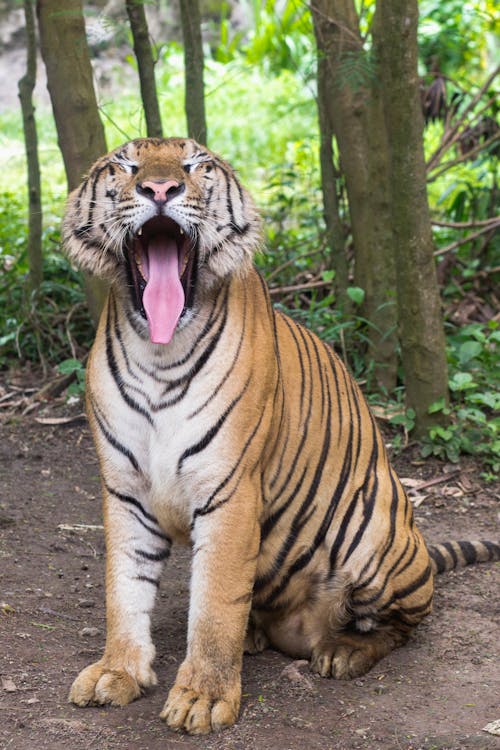
This shouldn’t be confused with exactly another specie of tigers, the Siberian tigers.
The two species are completely different from one another and appear similar due to the genetic mutation in the skin coat of a Bengali tiger.
There lies even a more severe mutation in the skin coat of Bengali as well as Siberian tigers and is referred to as ‘the golden tigers’.
This mutation in the gene of tigers is different from the previous one as it is seen in skin coat of both the tigers, the Bengali and Siberian.
This mutation has its effect upon the black stripes of tiger which are traditional to them.
The mutation changes the black color of stripes to red. This reddish appearance of stripes is more prominent than the background appearance in a tiger’s skin.
Because golden tigers appear unique to everyone, they are mostly held as captive as seen in the cages by the general public.
Because all the colors in which different species of tigers appear have a deep resemblance with one another, it is very difficult to differentiate specie of tigers from one another, just on these color basis.
A more in depth comparison of the Siberian and Bengal tigers:
Some of the distinctive feature between a Siberian and Bengal tiger were known through the results obtained from their specimen, These distinctive features are given below:
1. The collection of results from specimen:
The historic specimens collected for the Siberian tigers reveal that the length of a Siberian tiger could reach up to 4 meters or 13 ft. long.
A Russian naturalist named, Vyacheslav Sysoyev claimed that a male Siberian tiger could weigh about 384 kilograms which equals to 846 pounds and 9 ounces.
Although this report hasn’t been confirmed yet, but we could estimate the actual weight from the results. There are other related reports where the size and weight of a Siberian tiger was estimated to be 390–400 kg or 860–880 lbs.
These reports were collected when Siberian tigers were killed which shows how people actually hunt these tigers for their own sake which is a major cause of their decline.
People often believe that these weights are just the numbers and an actual tiger could have these weights.
In the year 1967, a Bengal tiger was shot down in the Uttar Pradesh region of India to be a specimen for the research on Bengal tigers. This Bengal tiger was known to be approximately 3.22 m or 10 ft. 7 inches in its length.
The Bengal tiger weighed about 389 kg or 857 lbs.
However, it should be noted that this tiger could have gained more weight than the usual weight Bengal tigers have as it hunted for a buffalo just the night before it was killed.
This Bengal tiger used for the research might have its stomach heavier due to the weight of buffalo in it.
2. The standard weight and length:
A typical Siberian tiger could weight about 476 to 660 lbs. which is likely to be in males while 303 lbs. in their female counterparts. A Siberian tiger has a usual length of about 250 to 396 cm in males or 167 to 182 cm in their female counterparts.
In case of a Bengal tiger, a typical Bengal tiger could weight about 397 to 596 lbs. which is likely to be in males while 220 to 350 lbs. in their female counterparts.
A Bengal tiger has a usual length of about 270 to 310 cm in males or 240 to 265 cm in their female counterparts.
3. Skin coat coloration:
The coat coloration of a Siberian tiger is mostly pale dull brown which come out to be yellow in the months of winter.
Often the coloration becomes a mixture of orange and golden which gives the Siberian tiger a white color belly.
When winter season comes out, the Siberian tigers looks for its partner as it has to mate in this season. Also, the tiger is blessed with an extremely thick fur coat above its body co compete with the harsh weather.
There were blue colored Siberian tigers that used to live in the past but now they aren’t found. There is only one white Siberian Tier which is named as Apollo and is kept in the zoo.
This is a rare tiger as it is the only Siberian tiger in white color which is left in the world.
In tigers, there are some recessive genes which do cause color changes in a tiger.
The colors in which a Bengal tiger appears to us such as the golden, yellow, orange, white with no stripes over it, black, or even grey which is born from two parents of standard colors, are actually the reason of gene variations.
The thickness of the fur coat above a tiger depends upon the environment in which a respective specie of tiger lives.
A Bengal tiger is found to have three variations in its colors. These variations are given below:
-
Golden tiger with cinnamon stripes above its body
-
White tiger with either light or dark stripes over its body
-
Standard orange tiger with black stripes over its body
The common misconception in recognizing a Siberian and Bengal tiger:
Although the two major species of tigers, the Bengali and Siberian tigers, have their key distinctive features which are only unique to them, but it becomes difficult when they are exposed to other known species of the world.
This is due to the reason that it becomes difficult when all the known species of tigers are brought to distinguish from one another, irrespective of their distinctive features one finds it hard to do this distinction and gets confused.
This confusion can somehow be eliminated if we take a much closer look upon the distinctive features of both, the Bengali and Siberian tigers, as they are described extensively.
| Features | Siberian Tiger | Bengal Tiger |
|---|---|---|
| Weight of the Newborn Cub | 1.2 kg. | 1.6 kg |
| Threats to them | Poaching, at a major threat of human hunting. | Loss of habitat and poaching |
| Their competitors | Wolves, Black bears, Brown bears | They have a number of competitors such as Asiatic black bear, Indian jackal, Indian wolf, mugger crocodile and dhole. |
| Method of reproduction | Female tigress usually produces 2-4 cubs with mating season that lasts for the whole year | Female tigress usually produces 2-4 cubs with mating season that is most like to occur in October and November but could also last for the whole year |
| Their nature | Less aggressive | Extremely aggressive |
| Conflict with humans | Once killed 21 human beings at a time | Are known as ‘Man-eaters’ |
| Reason of killing humans | Don’t kill for food | Kill for their food |
Summary:
The Siberian and Bengal tiger are the two most prominent and major members of all the species of the big cat family (tigers). A Siberian tiger has an adaptation to the much colder environment therefore it is found in Russia while a Bengal tiger lives in moderate temperature and hence is found in the Indian Subcontinent.
Frequently Asked Questions (FAQs):
People ask a number of questions related to the differences between a Siberian and Bengal tiger. Some of these questions and their answers are given below:
1. Is there any characteristic feature which is unique to Siberian tigers?
Yes, Siberian tigers have few pale stripes on their bodies as well as they have manes which differentiates them from other tigers.
The function of mane is to provide heat to their bodies in order to keep them warm from the surrounding extreme weather.
2. Do Bengal tigers mate with the Siberian specie of tigers?
In the south-east part of Osaka, 43 km away from the region, there lies a zoo where a twelve year old Siberian tiger was made to mate a younger female Bengal tigress.
This mating went successful which proves that a Siberian and Bengal tiger could actually mate with each other.
3. How a Royal Bengal tiger differs from other species of tigers?
The Bengal tiger is also known as the Royal Bengal Tiger. This tiger belongs to the sub specie of Panthera Tigris and lives in the Indian subcontinent. This tiger may appear in different colors ranging from orange to yellow to grey and even golden.
The Royal Bengal tiger or simply a Bengal tiger is longer as well as thinner than normal tigers and has a thin fur on its body.
4. How a Bengal tiger differs from a Sumatran tiger?
**Bengal tigers have more weight and appear to be larger than Sumatran tigers.**Sumatran tigers are the smallest tigers in the whole family of tigers.
Today, there are about 2000 Bengal tigers present in the world while Sumatran tigers are 300 in number existing today.
5. Why is tiger not called as king of the whole jungle?
Until the time, scientists from Oxford University researched on the Tigers and came to know that Tigers have a much bigger brain as compared to Lions, people used to know Lions as the king of jungle.
This discovery is believed to go in favor of Tigers and is expected that in the near future would give the title of king to the Tigers.
6. Are black tigers found in the world?
Yes, black tigers do exist in the world and are born due to the result of mutations in the genetic code. These tigers are known as pseudo-melanistic tigers.
Although these tigers aren’t totally black but they have thick stripes over their bodies which hides or makes it difficult to see the background color and hence the tiger appears to be black.
7. Which is the largest tiger in the whole family of tigers?
Among all the tigers, Amur tigers are known to be the largest in all the species of tigers. Male Amur tigers could grow in their height of more than 10.5 ft. or 3.3 mm, and weigh about 660 pounds or 300 kilograms.
8. Do pink tigers exist?
By using artificial selection, a pink color tiger was produced in Italy. It was a cross offspring between a male and female tigress, Bhut Jolokia and Pimenta de Neyde.
9. Are black tigers rare?
Yes, black tigers are rare as there are only 6 tigers left in the world which are actually known as black tigers.
10. Which tiger is the rarest of all?
The rarest tigers in the world are Sumatran tigers. These are not only the rarest but they are also the smallest of all the tigers.
These Sumatran tigers are now called as the most endangered ones in their whole tiger family.
Conclusion:
Although the Siberian and Bengal tigers are the two most important and major species of the whole tiger but, but they have a number of differences between them.
The differences between a Siberian and Bengal tiger are due to the difference in their living style, their natural adaptation to their surroundings, the color of skin and stripes, their size as well as their weight.
A Siberian tiger lives in extreme cold regions of the Earth and hence, is found in Russia while a Bengal tiger adapts to live in moderate regions of the world and hence is found in the Indian subcontinent.
Related articles:
What is the difference between yoga and pilates?
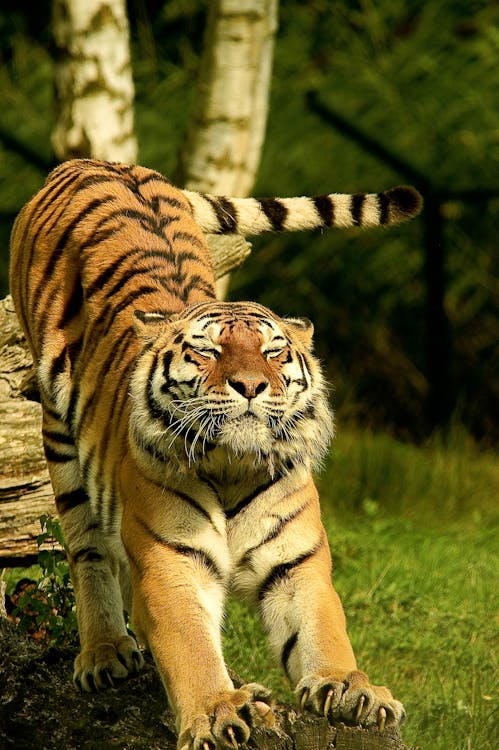
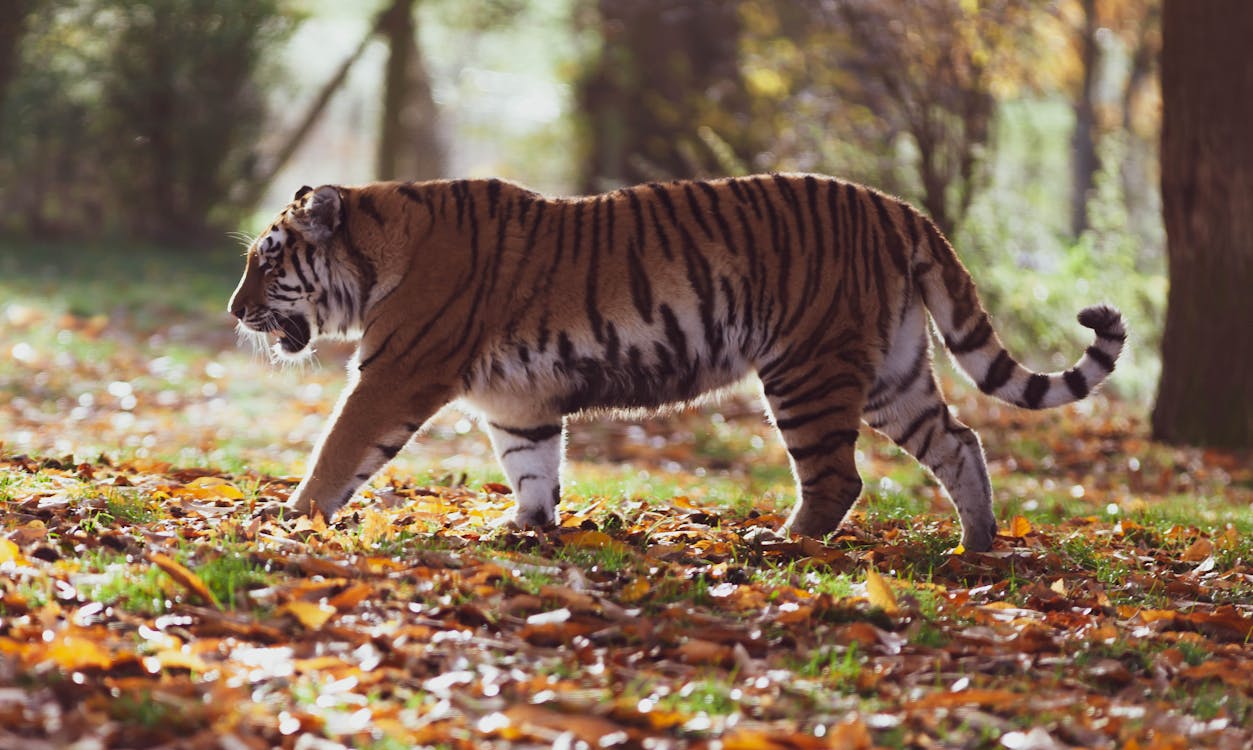
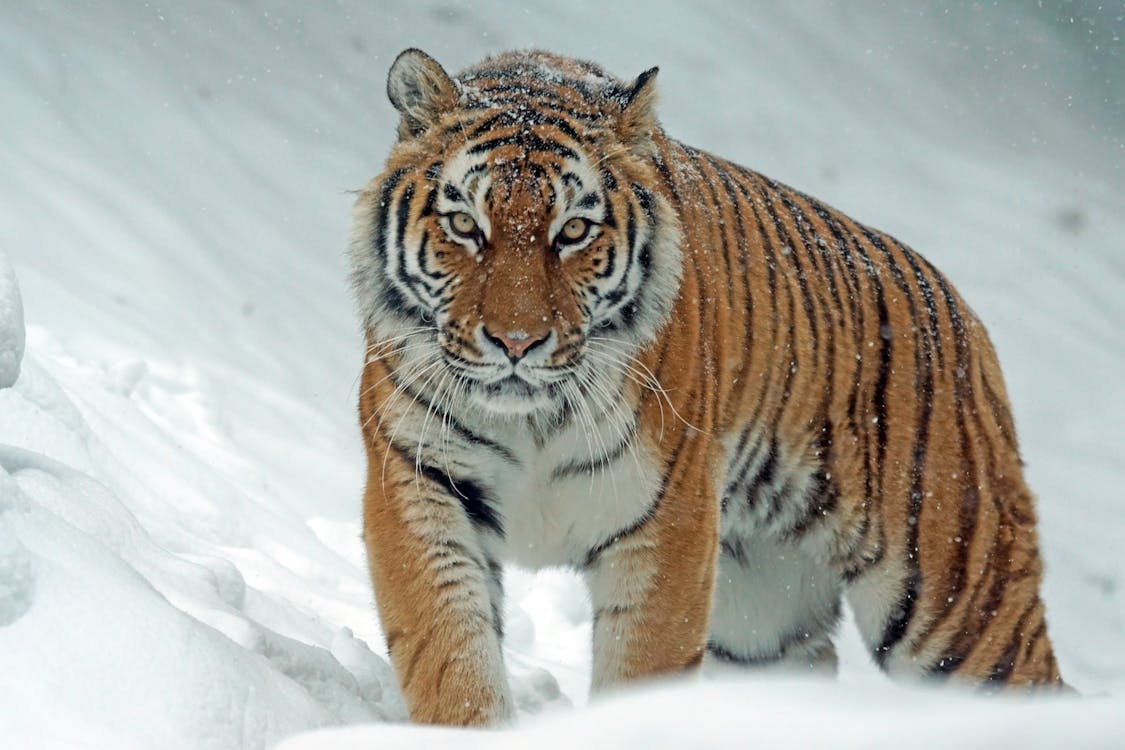
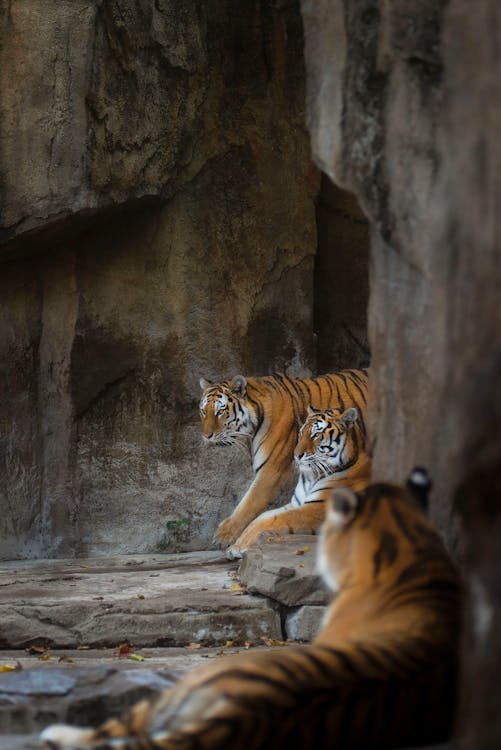
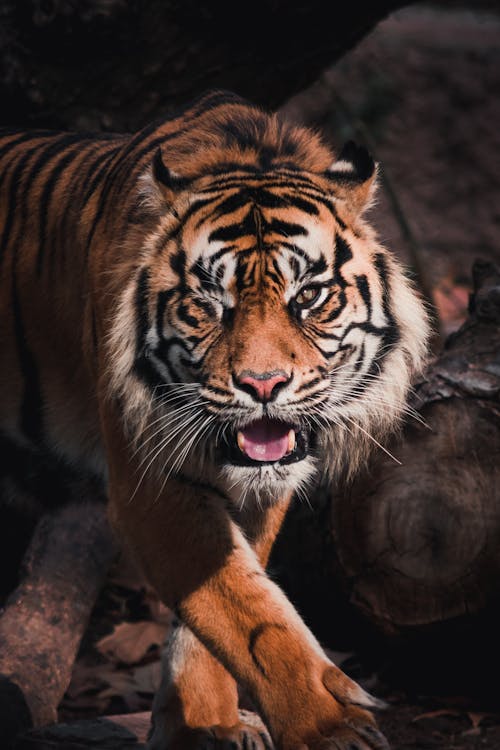
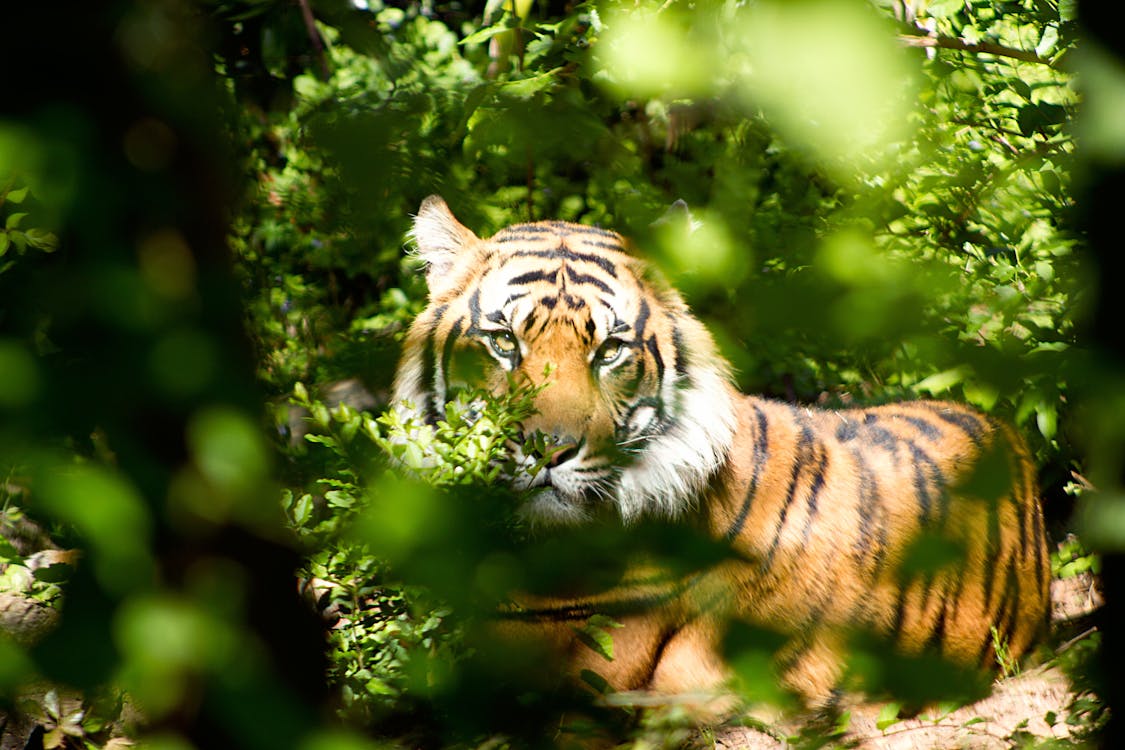

 Who are the competitors of a Bengal tiger?
Who are the competitors of a Bengal tiger? Is bengal tiger bigger than siberian kittens
Is bengal tiger bigger than siberian kittens Is bengal tiger bigger than siberian wolf
Is bengal tiger bigger than siberian wolf